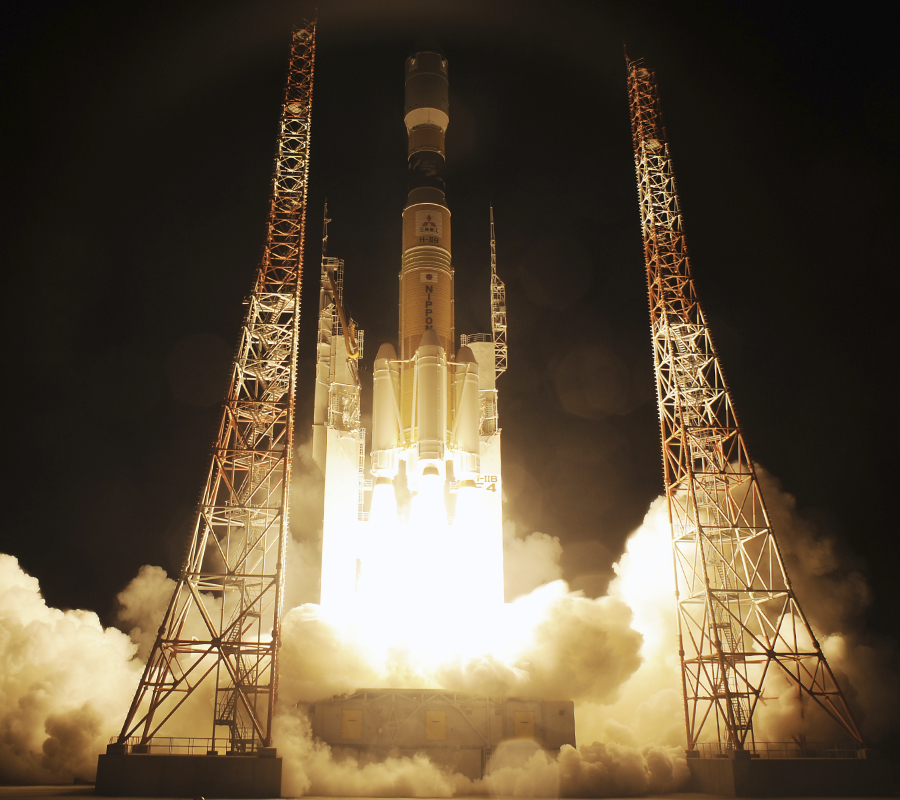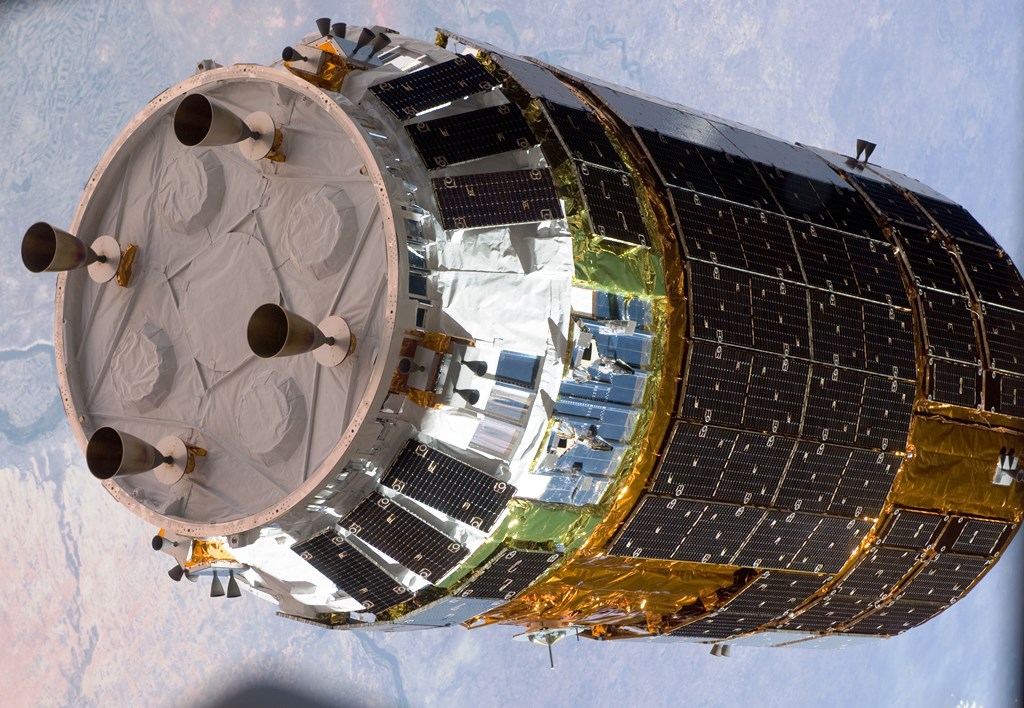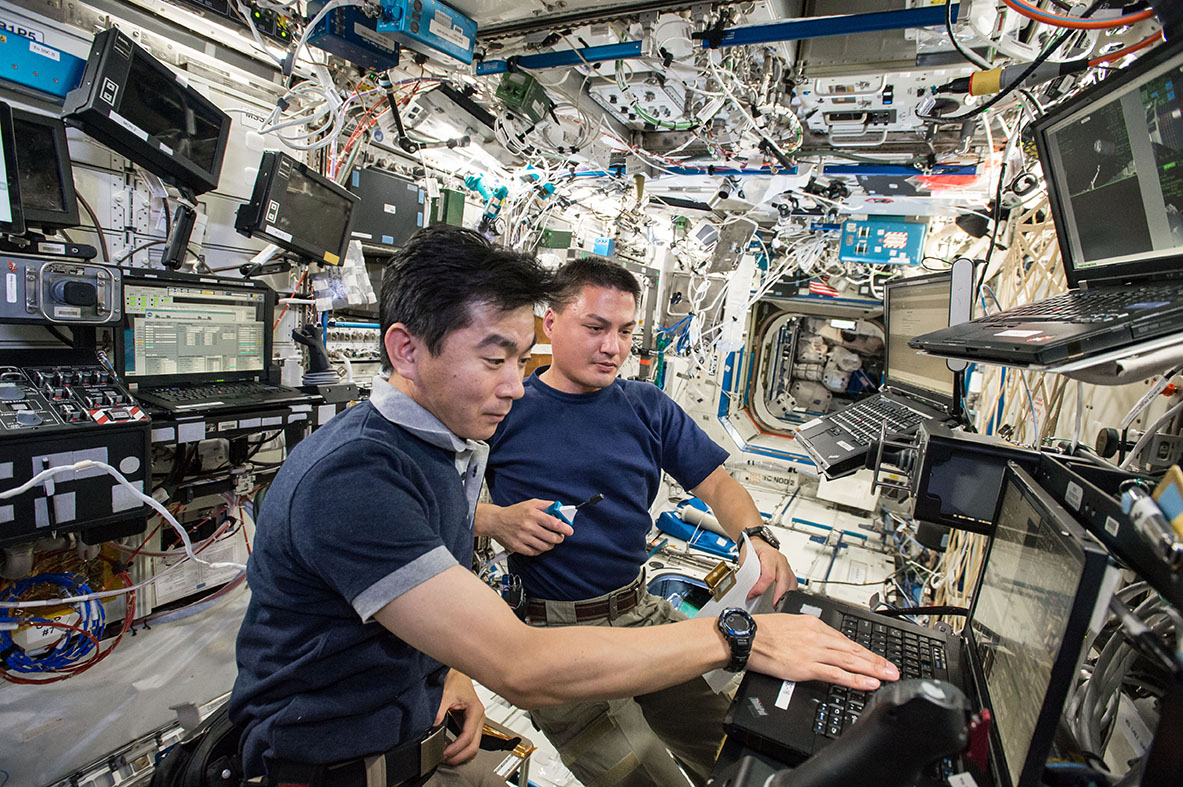Scientists from the Japan Aerospace Exploration Agency have come up with an experimental ship that pulls space debris out of orbit. The ship was launched Friday headed to the International Space Station, carrying this “space junk” collector.
Contamination and its consequences are not only a concern down here on planet Earth since there is a lot of space junk from previous missions. The Japanese vessel was made with the help of a fishnet company. It has a tether that pulls the trash out of orbit, preventing crashes during space missions.

“Researchers are using a so-called electrodynamic tether made from thin wires of stainless steel and aluminum. The idea is that one end of the strip will be attached to debris,” Said a Japan Aerospace Exploration Agency spokesperson.
Japan is determined to clean up space
There is a lot of space junk which comes mainly from leftover pieces from old expeditions, old satellites and rocket pieces. Since the space race began about 50 years ago with the Soviet-launched “Sputnik” satellite, we haven’t stopped contaminating outside our planet. Nowadays, it is believed that about 100 million pieces of this sort of junk are floating near Earth, which could be a serious problem for the development of space programs and future expeditions.
Japan sent on Friday a cargo ship bound for the International Space Station to clean space junk. The vessel blasted off from the southern island of Tanegashima just before 10:27 pm local time (1327 GMT) attached to an H-IIB rocket.

The ship, which was called “Kounotori” (stork in Japanese), has a tether made out of stainless steel and aluminum. The idea is that one end of the tether will be attached to the space trash, while it will generate electricity as it goes all over the magnetic field of planet Earth.
The objective is to slow down the orbit of the space junk, which will then decay and enter into our atmosphere, burning itself up before it gets to crash on the Earth’s surface, causing thus no harm.
The launch appeared to be a success since the satellite was removed and set as it was planned about 15 minutes after the liftoff, according to JAXA spokesman Nobuyoshi Fujimoto. If Japan’s attempts to clean up space continue to be successful, more similar ships could be sent to space in the future.
It is important to remember that legislation addressing space should be made as an international agreement. It is possible that given the current circumstances, the United Nations will have a clearer rule of law over space junk in the next decade.
JAXA has been working on the project for more than ten years, in collaboration with Japanese fishnet manufacturer Nitto Seimo.
The next step for the project is to put the space trash collection system into a more regular framework. They hope that the next test will be attaching one tip of the tether to a targeted object
“The tether uses our fishnet plating technology, but it was really tough to intertwine the very thin materials,” said company engineer Katsuya Suzuki. “The length of the tether this time is 700 meter (2,300 feet), but eventually it’s going to need to be 5,000 to 10,000 meter-long to slow down the targeted space junk,” he added.
Japan sends supplies to astronauts on the International Space Station
The cargo ship that was launched Friday by JAEA was also carrying other materials such as drinking water and replacement batteries for astronauts who are currently living in the space station.
The ship was carrying four tons of supplies and equipment set to arrive at the International Space Station from the Tanegashima Space Center on the HTV-6, or Kounotori, a Mitsubishi Heavy Industries H-IIB unpiloted rocket. The ship is set to arrive at the lab complex of the International Space Station around 6 a.m. on Tuesday.

The cargo included six lithium-ion batteries needed for the station’s solar power system, 5,657 pounds of equipment and supplies including 2,786 pounds of food, water, and clothing, 1,461 pounds of station hardware, 925 pounds of science gear and 344 pounds of computer equipment.
Japan had been planning this launch since October 1 but it was later delayed due to a problem with a helium leak in the HTV’s propulsion system.
Source: Yahoo! News
